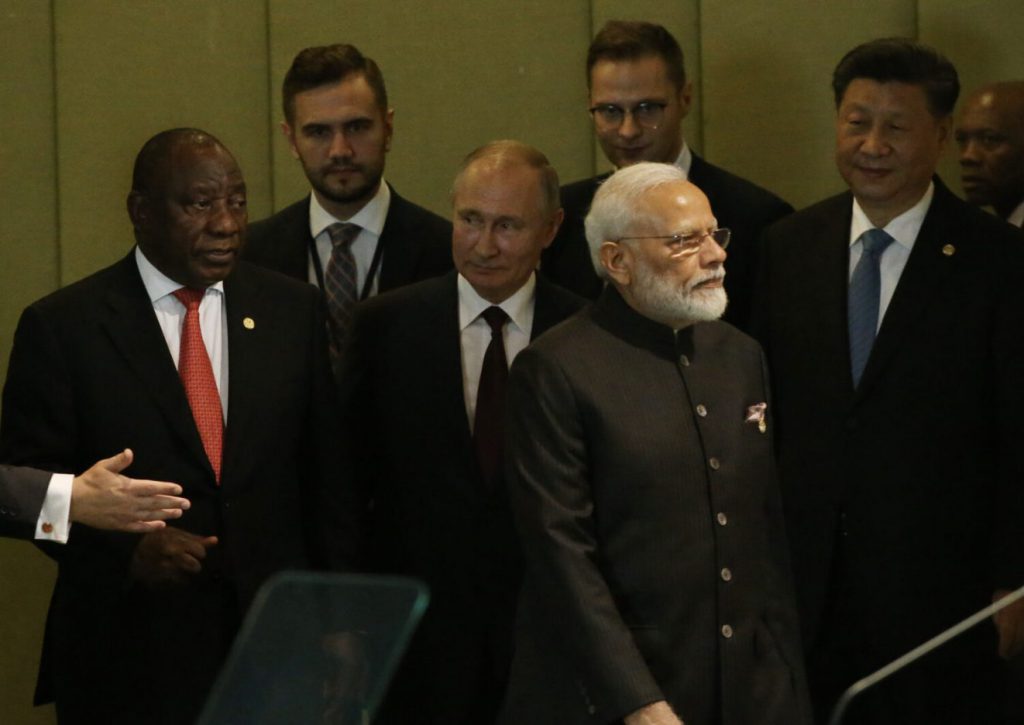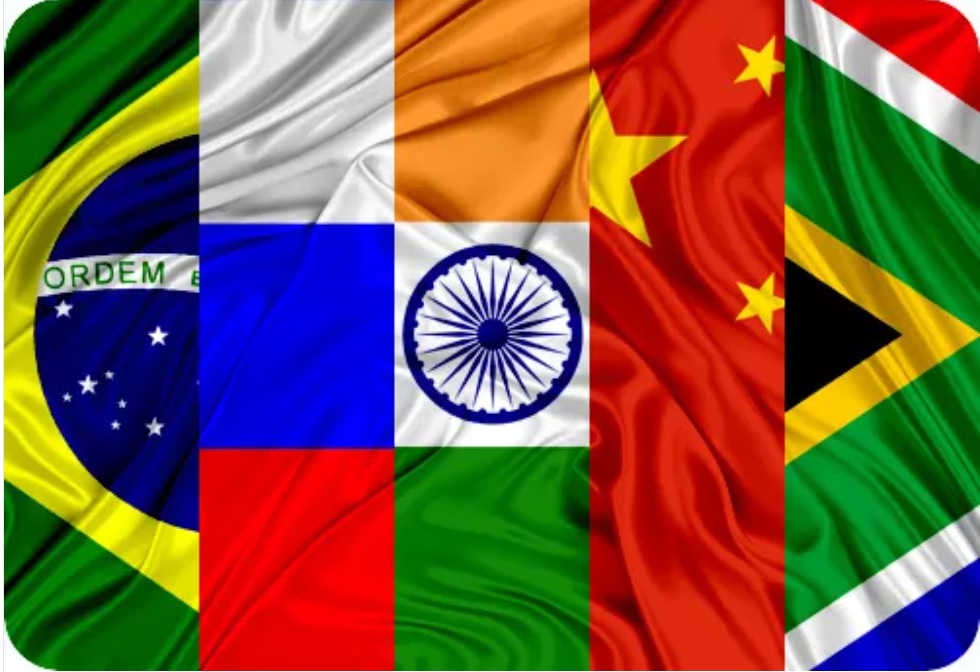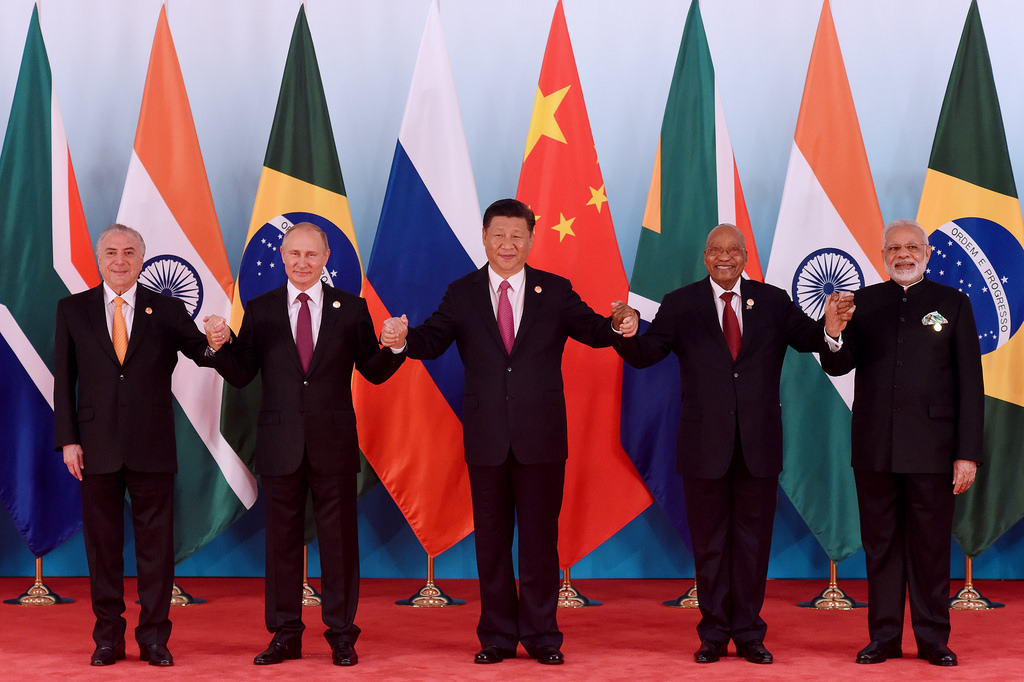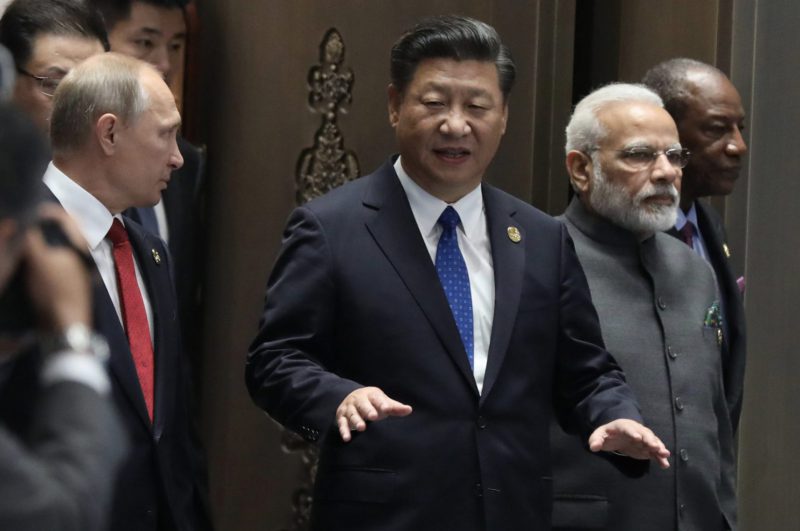What is BRICS, and how did it become a real club? The BRICS nations’ group of developing markets has evolved from an investment bank’s catchphrase to a real-world organization. They now have control of a significant development bank and are even looking into establishing their own BRICS common currency. So, how did we get here?
It previously might have appeared amusing to see China, which is run by the Communist Party, embrace Wall Street’s hubris.
But today, nations of various political persuasions, such as Iran and Saudi Arabia, are demanding to join, which might cause conflict at the club’s meeting in Johannesburg from August 22 to 24.
This article will explore the BRICS formation and why other countries are vying to join this global powerhouse.


How the BRICS Began
First, it’s important to understand who coined the term “BRICS”. An economist, Jim O’Neill of Goldman Sachs Group, came up with the acronym “BRIC”. He coined the term to highlight the fast growth of Brazil, Russia, India, and China at the time.
Following the terrorist attacks in the US on September 11 of that year, it was meant to be an upbeat thesis for investors in the market.
As a result, that’s when things took a turn, and the four countries ran with the concept.
BRICS Countries
Second, it’s crucial to understand which countries are in the BRICS. As mentioned above, they include:
- China
- Russia
- Brazil
- India
- South Africa
These countries share interests and have similar difficulties because of their quick growth. They believe their influence in a world system controlled by the US would be stronger if their voices were joined because they already worked together in venues like the World Trade Organization.
In 2009, the organization convened its inaugural summit of leaders. After 2010, South Africa was invited to join, expanding its membership to another continent.
What does BRICS do?
So, what does BRICS do?
The most notable material successes have been financial. The nations decided to pool $100 billion in foreign money so they could lend to one another in times of need.
In 2016, that liquidity facility was put into use. They established the New Development Bank, a body modeled after the World Bank that, since it started operating in 2015, has authorized more than $30 billion in loans for initiatives including water and transportation development.


In 2020, South Africa borrowed $1 billion to combat the COVID-19 epidemic. This year, they intend to discuss whether a BRICS-wide currency is feasible.
Brazil and Russia are obvious partners for Chinese demand because of their natural resources and agricultural goods. Due in part to political rivalry and a contentious border conflict, commercial relations between China and India are weaker than they could be.
The yearly BRICS summits and hundreds of additional lower-level gatherings result in joint statements declaring broad agreement but lacking specifics, much like other multilateral organizations like the Group of Seven.
The main barrier is that the nations have various governance structures, political beliefs, and divergent interests on crucial political and security matters, particularly ties with the US.
Who is the leader?
China’s GDP is more than twice as large as the combined GDPs of the other four nations. That ought to provide it with the biggest influence, in principle. India’s population, which just surpassed China’s, has served as a counterbalance.
To provide two instances: Due in part to India’s objections to infrastructure projects along the Belt and Road in disputed territory held by Pakistan, India’s neighbor, and arch-rival, BRICS has not officially backed China’s major economic initiative known as the Belt and Road Initiative.
There is no majority stakeholder in the New Development Bank because Beijing accepted the equal shareholding proposal by New Delhi.
Is Russia still a member?
Despite its invasion of Ukraine in 2022, Russia continued to be a member of the BRICS.
In that year’s online BRICS leaders conference, Putin took part. The other BRICS nations have taken an essentially apathetic position toward the conflict, seeing it as more of a regional problem than a global one.
But the conflict has altered Russia’s interactions with the BRICS organizations. Rapid project freezes by the New Development Bank prevented Moscow from accessing dollars through the BRICS group’s common foreign exchange system. In essence, other BRICS nations chose continued access to the dollar-based banking system over aiding Russia as US sanctions mounted.
Since Putin was accused of war crimes and the International Criminal Court issued a warrant for his arrest, the South African government has been debating what to do if he attends the summit in August.
What makes this organization unique compared to G-20 or the Global South?
In general, BRICS is comparable to groups like the Group of 20 in that it represents a shift away from a world that has been controlled by the US since the conclusion of the Cold War through groups like the G-7 and the World Bank.


OPEC, the Shanghai Cooperation Organization, the Southern Common Market (Mercosur), and the African Union are additional international organizations that may be gaining power due to the trend.
The phrase “Global South”—sometimes also called “developing” or “emerging”—is used to describe a group of relatively impoverished nations that aren’t at all a club. It is sometimes compared to a “Global North” made up of the US, Europe, and a few rich nations in Asia and the Pacific. But it’s not clear how the two ideas relate to one another.
For instance, in a multipolar world, the European Union, a stronghold of the Global North, may have more sway. Even though it has the second-largest economy in the world and a sizable middle class, China nevertheless refers to itself as a developing nation. This year, the G-7 invited Brazil, India, and Indonesia to its leader’s meeting in an effort, according to authorities, to reach out to the Global South.
What Countries Want to Join the BRICS?
When China chaired the group last year, it started the discussion about enlargement, which caused other members to worry that their power may be diminished. China has been attempting to increase its profile on the international scene and oppose Western dominance.
Anil Sooklal, the ambassador from South Africa, which is hosting this year’s conference, said that the suggestion will be a key topic of discussion there.
He stated in an interview that at least 19 nations have shown interest and 13 have formally requested to join, including Saudi Arabia and Iran.
Argentina, the United Arab Emirates, Algeria, Egypt, Bahrain, and Indonesia, two countries from East Africa, and one from West Africa, which Sooklal didn’t name, have also indicated interest.
Being a member of the BRICS nations might increase new members’ diplomatic influence and provide them with lucrative trade and investment possibilities.
How will BRICS affect the US?
The BRICS nations are creating a new currency to challenge the global dominance of the US dollar.
The adoption, perceived stability, and extent of use of a new BRICS currency will determine its impact on the US dollar. However, the notion of a new union of emerging economies threatens the dollar’s supremacy.
Russia leads the development of the new currency for BRICS trade, pegging its currency to gold as a commitment. If the BRICS nations use only this new currency, they will eliminate the impediment that now thwarts their efforts to escape dollar hegemony.
The US must monitor these developments and assess how they will affect its economy and global standing.
Conclusion
In conclusion, the BRICS Nations of developing markets have evolved from a catchy phrase to a powerful organization. It all started with economist Jim O’Neill’s idea to highlight the fast growth of Brazil, Russia, India, and China.
These countries recognized the benefits of joining forces and established the New Development Bank with $100 billion for mutual lending. Despite challenges like political rivalries, they have stayed united.
China leads the group with its large GDP, while India counterbalances. Russia, despite the controversy, remains a member. Unlike other organizations, BRICS represents a shift away from US dominance. It has attracted interest from countries like Saudi Arabia and Iran for potential membership.
Developing a BRICS currency challenges the US dollar’s supremacy and should be closely monitored. The United States must carefully evaluate the economic and geopolitical implications of the rise of BRICS. This will bring both opportunities and challenges.





